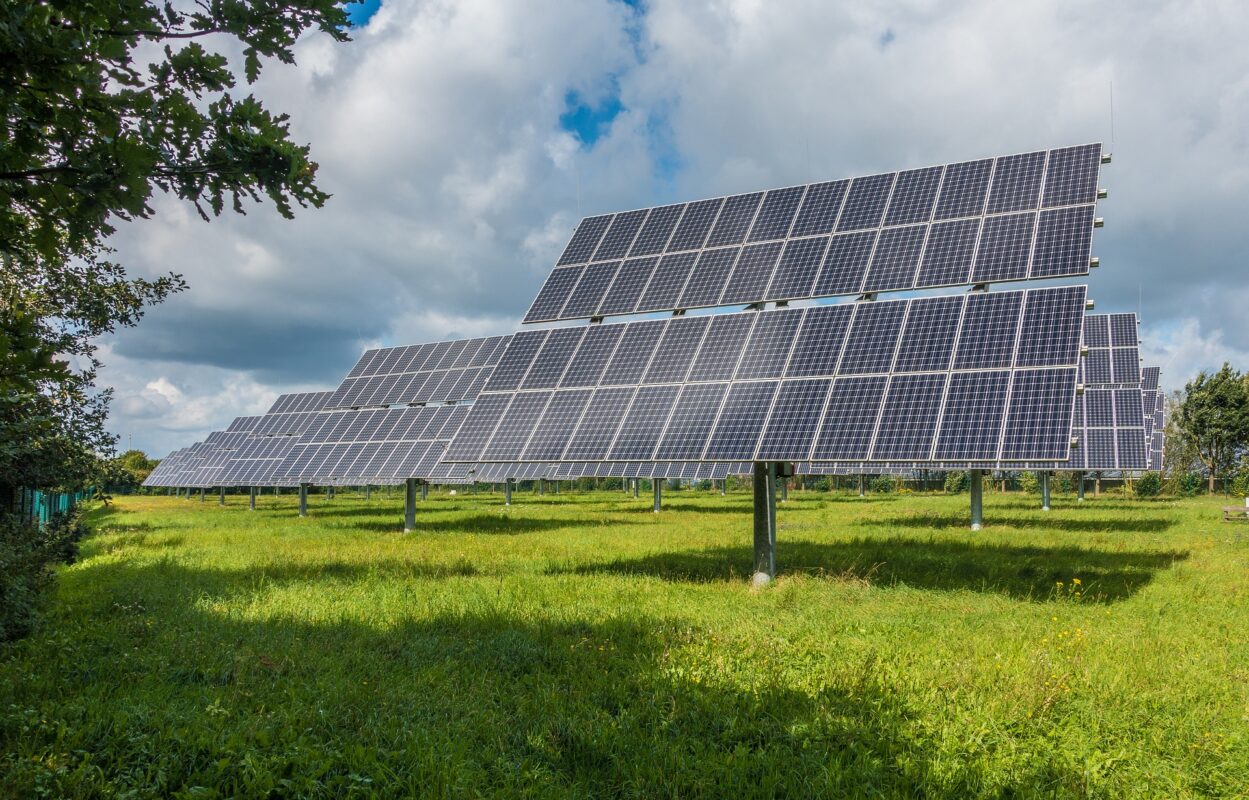
Macquarie’s Green Investment Group (GIG) and Enso Energy have signed a joint venture, targeting 1GW of subsidy-free solar capacity across England and Wales.
The companies say they have identified the initial projects that will form their “ambitious pipeline” of solar and battery storage sites, all of which have are already grid secured and are being submitted for planning approval.
According to GIG and Enso Energy, the subsidy-free developments will be backed by power purchase agreements (PPAs).
Ian Harding and Andrew King, co-founders of Enso Energy said the partnership with GIG brought together two organisations with “the same vision, to dramatically accelerate the delivery of the benefits of low-cost solar energy to communities up and down the country”.
Solar Media’s head of research Finlay Colville said: “Our in-house market research team came across Enso and Macquarie's UK solar plans back in April this year. Currently, we are showing ten sites – all nominally at the 50MW-dc level – at early stages, within our monthly pipeline analysis on UK solar. Activity appears to be all pre-application at the moment, with planning seemingly confined to screening and scoping at the local level, and spread mainly in the South East/West of England.
“To put this into context, it is worth recalling that there is currently a pipeline of pre-build large-scale solar sites in the UK well above 8GW, that has evolved since the end of incentives back in 2017. Of this, about 5GW is at pre-application stages of screening and scoping, inclusive of the initial 500MW of Enso/Macquarie activity. However, there is a further 3GW-plus that has gone into full application either waiting for approval or having been approved. Screening/scoping is a low-cost effort; the real money enters the game when full planning applications for 50MW solar farms get into the planning portal.”
The sites will take advantage of newly available tracking and bifacial solar technology, helping to maximise the amount of energy they can produce whilst minimising their footprint.
Battery storage will allow the projects not only produce more flexible electricity output, but also provide auxiliary services and stability to the grid.
Edward Northam, head of Green Investment Group Europe, pointed to the company’s origins in the UK as the “world’s first green investment bank” to highlight all it brings to the project.
“The UK’s solar market holds huge potential to create green jobs and help the UK get closer to its aim of becoming a net zero economy. By combining GIG’s deep technical and financial capabilities with Enso’s highly experienced development team, our partnership has the skills and expertise to unlock that potential, bringing low-cost, low-carbon power to communities right across the UK.”
GIG has supported 7.5GW of renewable projects in the UK, in particular through corporate PPAs. Enso Energy – previously known as Green Frog Development – has 1,500MW of distributed generation in the UK, predominantly gas-powered balancing plants.
Colville continues: “Macquarie's alignment with Enso is interesting also, mainly owning to Enso being a newish entrant to large-scale UK solar farm planning. The strategy of the companies is therefore something that will be interesting to monitor going forward. Macquarie could certainly have chosen to enter the pre-build/planning phase in a different way, acquiring shovel-ready activity from the host of experienced pure-play solar developers that dominate the current 3GW-plus of sites that have had planning submitted.
“The success of companies that have sought to invest at such an early stage is mixed within the UK solar industry. A few have been highly successful, most notably BP Lightsource, Bluefield and ib Vogt, as examples of companies whose early-stage investments were driven by retaining ownership through and beyond the build-phase. Many others however have not been successful, reflecting the fact that pre-build application is a skillset in its own right, justifying the role of the greenfield pre-build flip model of developer.”
In December 2019, BP Lightsource heralded the return of large-scale solar build-out in the UK, revealing it is pursuing a 1GW project pipeline in its home market. As of last November, the company had deployed over 2GW of solar projects globally.
Similarly, Bluefield Solar Income Fund was reportedly looking to “exciting” new investments at the end of last year, predicting subsidy-free solar in the UK to gain momentum.
“One recalls the grand plans of Scatec years ago trying to get into the UK solar market that highlighted the need to have a partner locally that could deliver on planning success,” Colville finishes. “In an interesting twist, fellow Norwegian operated Statkraft recently announced its plans to enter UK solar at the pre-build phase. Similar to Macquarie, Statkraft has also chosen the domestic-partnering route with a somewhat unproven entity in large-scale UK solar.
“Whether Macquarie or Statkraft will have success through this route is very much an unknown today; either way, each company has the cash and ambition to easily change tactics and move into pre-build shovel ready portfolio purchasing going forward. There will be no shortage of greenfield developers today, currently building up hundreds of MW of shovel-ready portfolios, more than happy to take a call from either of these companies going forward!”
